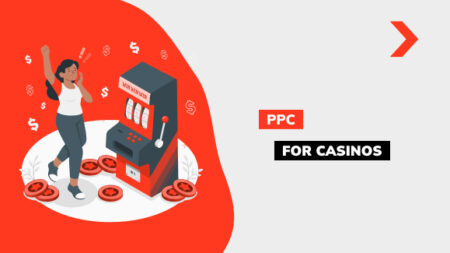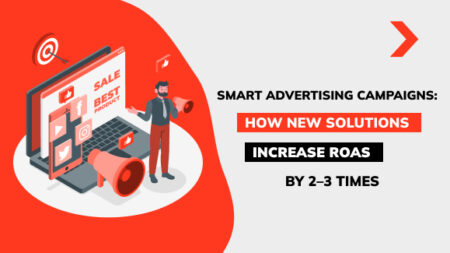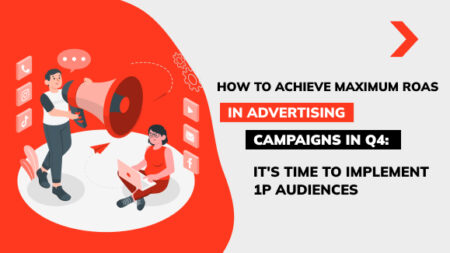How to Optimize PPC Campaigns: A Practical Checklist
If a brand or company is in the process of launching an ad campaign based on the PPC model, there may be a wide range of additional questions that arise. First and foremost, a PPC campaign is a multi-step process, and at times, it can be challenging to carefully review each stage. To significantly simplify the task, a well-structured and expertly crafted checklist is essential — one that will effectively guide a business through the key aspects of the PPC optimization procedure.

What Is PPC (Pay-Per-Click) Marketing?
Today, a PPC ad in the digital marketing space refers to sponsored business advertisements that are automatically displayed at the top of search results in major search engines. Essentially, through a well-executed ad campaign, internet users are shown targeted ads based on what they are currently searching for, or what they have recently searched for. The true strength of a smart bid strategy or a PPC campaign lies precisely in this ability. Businesses and brands, in turn, only pay a fee each time someone from their target audience clicks on a search ad. The campaign performance is measured by a low cost-per-click and a high conversion rate on the brand’s or company’s website.
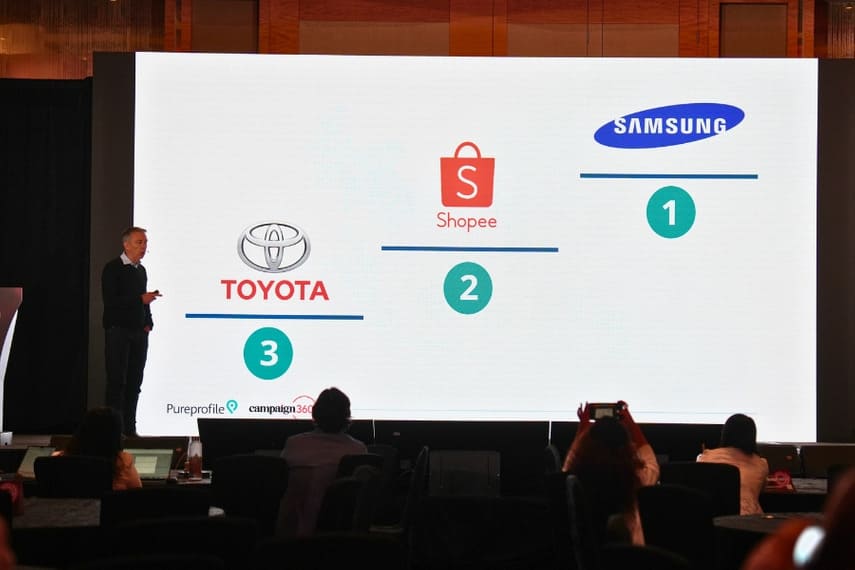
Why Use PPC? Key Benefits for Marketers
If a business is looking to attract new potential clients quickly, expand its organic target audience, and boost its brand visibility in the online space, then a PPC campaign is one of the most effective strategies available. The reason is simple: a PPC ad is a highly efficient tool for achieving a wide range of business objectives. Rather than waiting for users to stumble upon the business website organically, an advertising campaign actively puts the brand’s message, offer, or promotion in front of potential customers. It allows the business to reach them almost instantly, right at the moment they are searching for specific products or services. A PPC campaign can also be integrated with Google Ads to maximize the profit-driving potential, but more on that can be found in the checklist below.
PPC Optimization Checklist: 20 Proven Tips
A well-structured PPC strategy should be built around a series of actionable points and subpoints that must be completed to achieve optimal results. That’s exactly why this checklist is a real lifesaver for any business — it not only covers the fundamentals of setting up your PPC campaign but also dives into the key details and core principles for maintaining and refining it effectively. And it’s not just about regularly conducting an audit, using PPC optimization hacks, or leveraging Google advertising. It’s also about maintaining landing page relevance, increasing conversion percentage, and much more.

1. Realign Campaign Objectives
One of the first steps in any РРС optimization checklist is to realign your campaign objectives. Whether a brand is aiming to boost market visibility, increase awareness, generate new leads, or drive more online sales, having clearly defined goals is crucial. These objectives become the foundation for creating unique ad creatives, bid strategies, and KPIs. It’s common for advertising to lose focus over time, which impacts overall campaign performance. By revisiting and updating your goals regularly, you can refocus your efforts and improve the return on investment (ROI).
2. Understand Your Quality Score
Quality Score is one of the most critical metrics in Google Ads. It directly influences the click-through rate (CTR) and determines how effectively your ads perform. This score is calculated based on expected CTR, ad relevance (either at the ad group or individual ad level), and the quality of a landing page. Simply put, the higher the Quality Score, the better your ad placement. Monitoring this metric helps businesses quickly identify weak spots, such as ad content issues or slow website load times. Enhancing these factors can lead to greater campaign efficiency and cost-effectiveness.
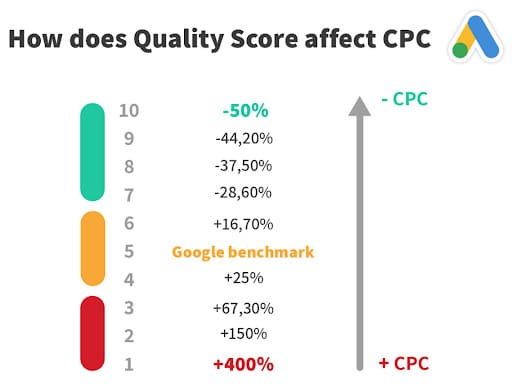
3. Research Competitors
Competitive analysis allows businesses to understand which strategies are working well within their industry or niche. By using tools like SEMrush, SpyFu, or Google Ads campaign history reports, brands can uncover which keywords competitors are targeting and how their ads are structured. This insight can inspire new creative ideas, improved targeting settings, and more effective keyword selection. Additionally, businesses can build a unique ad group with offers and messaging that stand out in the competitive landscape.
4. Select Match Types
Every search term should bring value to your business. That’s why choosing the right keyword match types is essential to expand reach while keeping ads relevant. Broad match can help increase impressions, but it may also attract non-qualified clicks. Focusing on the right balance between reach and precision in keyword selection is key. Businesses should periodically review their keyword match types to ensure alignment with campaign goals. Doing so helps boost conversion percentage and reduce unnecessary ad spend.
5. Add Negative Keywords
Another crucial point in the checklist is the strategic use of negative keywords. When added correctly, they prevent your ads from showing up in irrelevant searches, helping users find your destination page more efficiently. Optimizing this group of keywords requires a thoughtful, professional approach. Each negative keyword should be selected based on the business’s industry and specific focus. These keywords help eliminate wasted impressions and clicks, ultimately improving the efficiency of your ad budget and increasing the likelihood of attracting high-intent users.
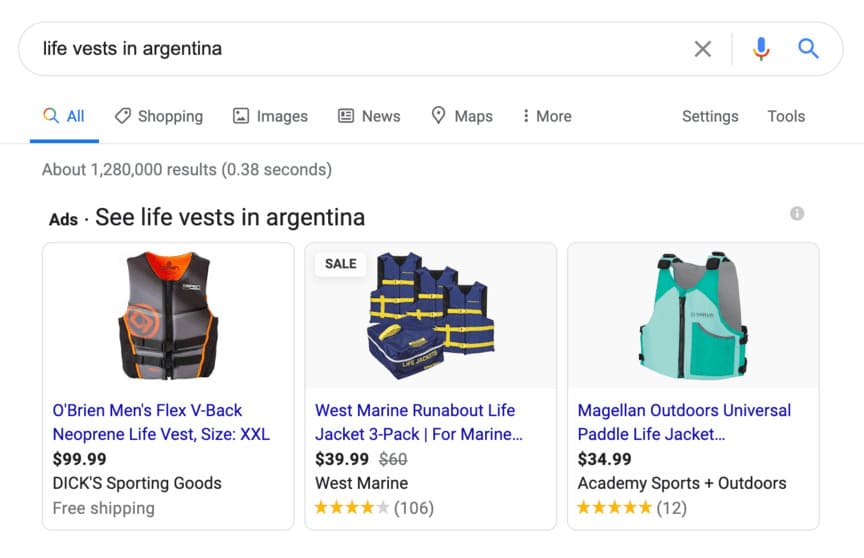
6. Use Smart Bidding
A business needs to set the most profitable cost-per-click to recoup investments and maintain a stable click-through rate over time. Achieving this requires a deep audit of multiple metrics. It’s important to analyze audience behavior, as well as the devices people use when interacting with a search ad. When a brand understands these factors, it can optimize its advertising with maximum precision. As a result, ads will be shown to users who fall into the high-conversion category — a major advantage when promoting a business destination page.
7. Enable Conversion Tracking
Without conversion tracking, it’s impossible for a business to accurately measure the real success of its advertising. When PPC optimization is done properly and tracking tags are implemented correctly, user actions can be accurately captured after the first click. This includes actions like making a purchase, subscribing on the website, submitting a form, requesting a callback, or performing other key activities on the landing page.
These metrics provide the clearest picture of return on ad spend and allow for smarter bid adjustments, reduced marketing spend, improved creatives, and more. A well-optimized setup overall will also help increase the brand website’s reach.
8. Layer Enhanced & Offline Tracking
This strategy-critical feature significantly improves the accuracy of conversion data through the use of encrypted user information, such as mobile phone numbers, email addresses, and other identifiers. This kind of tracking becomes especially valuable when cookie-based data is limited. Moreover, it enables businesses to merge online and offline information, offering a complete view of the customer journey and boosting the precision of ad optimization. This holistic approach helps evaluate ad copy performance and other campaign elements more effectively.
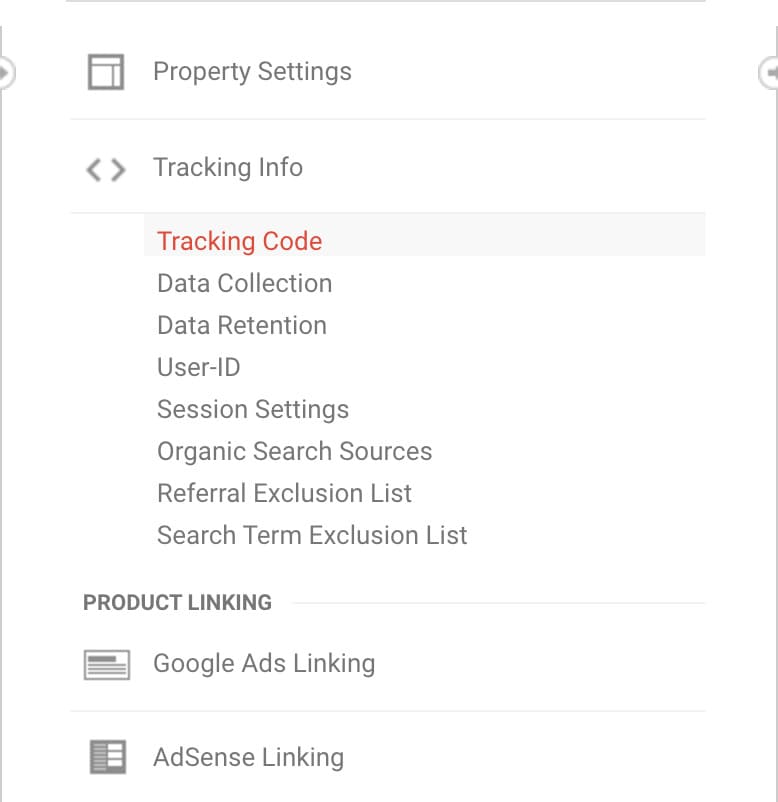
9. Implement Consent Mode
Consent Mode allows businesses to collect data under strict compliance conditions, specifically, when a user grants or denies cookie permissions. This is a crucial element for adhering to consumer protection and data privacy regulations. Consent Mode is a web technology that automatically adjusts tag behavior in Google’s ecosystem, helping preserve partial conversion tracking and other indicators capabilities even when consent is not granted. The tool enables the collection of aggregated conversion data, ensuring analytics remain meaningful.
10. Configure Basket Data
Integrating information about the contents of a user’s shopping cart is a powerful step toward understanding customer behavior and accurately evaluating the value of each action. By passing various parameters to ad platforms, such as product name, item quantity, and total order value, brands can build dynamic, performance-driven remarketing campaigns and segment their audiences based on interest levels. With proper optimization, compelling ad copy, and highly relevant creatives, there’s a strong chance the user will complete the purchase. And if not, remarketing can effectively remind them about the abandoned cart and bring them back to finish the transaction.
11. Track Phone Calls
Most internet users already know that a phone call is often the fastest and most convenient way to get things done. That’s why many people still prefer to call, especially when it comes to service-based businesses or urgent online purchases. For this reason, setting up proper call tracking is a crucial feature that allows brands and companies to capture these interactions just like conversions. With the right setup, businesses can identify which keywords are driving phone calls — i.e., valuable target actions. This insight helps reallocate the budget toward the most effective online channels and optimize ROI.
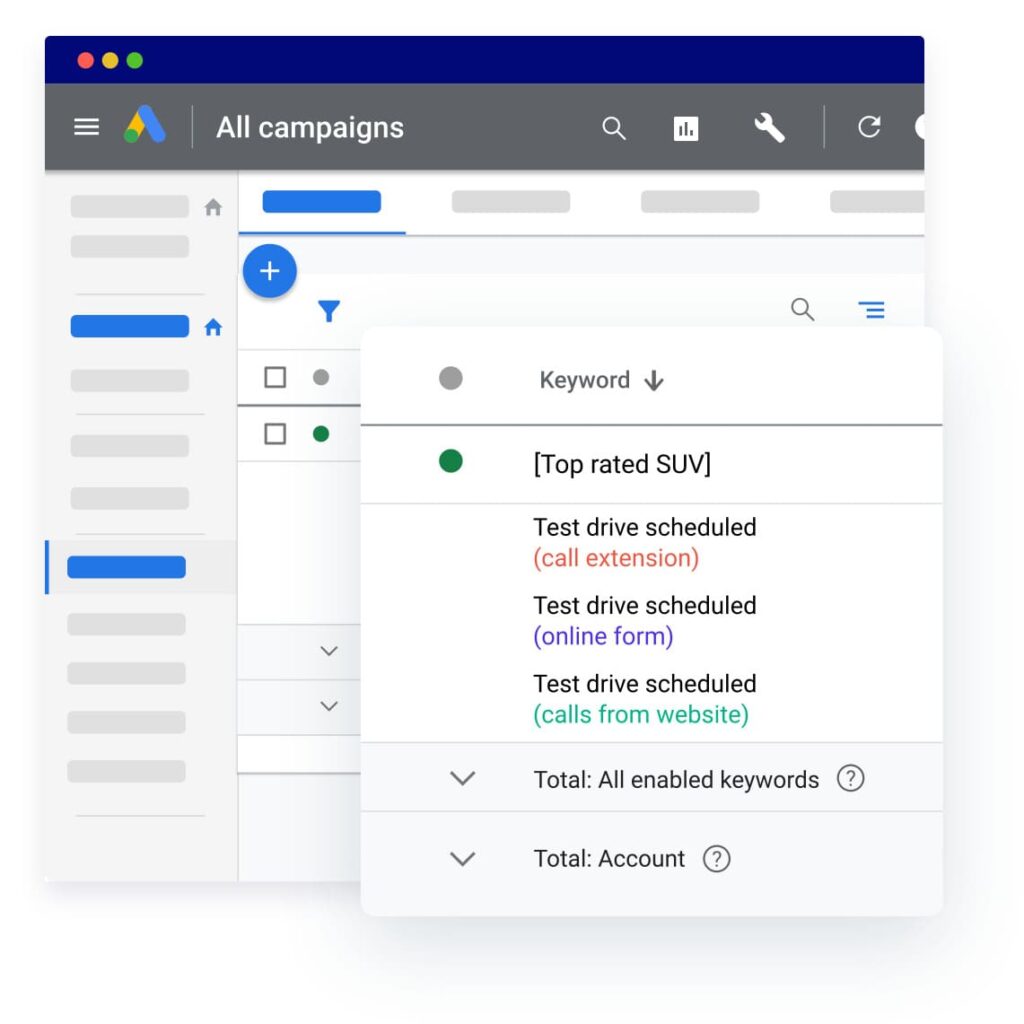
12. Expand Performance Max Assets
This web technology allows businesses to fully leverage and optimize all available Google online formats and channels within a single campaign. To achieve the best results, brands should continuously add fresh, engaging, and original creatives. That includes clear and intuitive headlines, well-structured descriptions, high-quality, wide-format images, and compelling, visually appealing video content. The more diverse and refined the assets, the better performance max campaigns can perform across various platforms and audience segments.
13. Test Broad Match Cautiously
Broad match keywords can significantly expand your reach by capturing a wide range of relevant and thematic search queries. However, they also run the risk of triggering irrelevant clicks, which can drain the budget. That’s why businesses must use broad match strategically. For example, pairing broad match with a Smart Bidding strategy can be a major advantage. Additionally, never overlook the importance of applying negative keywords to prevent your ads from showing for irrelevant search terms. Brands should test broad match placements and carefully assess their impact on conversions — this can help uncover new, high-potential growth opportunities without overspending on the business project.
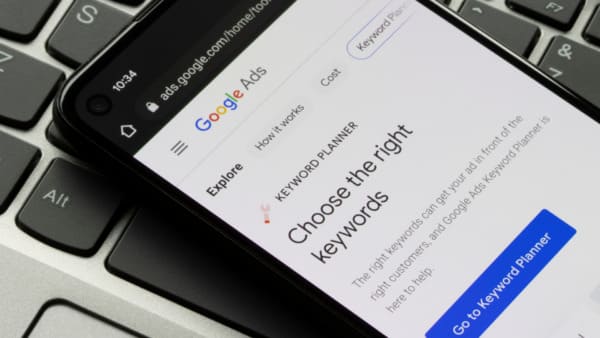
14. Consolidate Campaigns
Running a large number of fragmented advertising campaigns can complicate campaign management, dilute your budget, and make optimization efforts less effective. Consolidating multiple campaigns that share the same objectives or audience can lead to more efficient data collection and unlock greater automation potential. This streamlined approach simplifies optimization and enhances the performance of automated algorithms. The key for businesses is to preserve meaningful segmentation while implementing smart optimization only where it adds real value.
15. Run A/B Tests Regularly
It’s no secret that split testing is all about continuous improvement. Businesses should run A/B tests regularly to discover which headlines, ad copy, images, or calls to action truly resonate with their audience. It’s essential to compare performance and implement the highest-converting variations. This allows brands to communicate more effectively with their specific audience. Consistent split testing helps businesses adapt to changing market trends and evolving customer behavior.
16. Optimize Ad Creative
Only high-quality ad creatives have the power to impact ad engagement rates and drive conversions. Businesses need to ensure their headlines are genuinely attention-grabbing and that their descriptions highlight benefits, solve real customer problems, and convey value with precision. It’s crucial to use relevant, up-to-date calls to action while avoiding overused, generic phrases — and to consistently improve every creative asset. That means updating ad visuals, videos, and messaging from time to time to reflect what’s working best. Replacing underperforming creatives with fresh, high-impact content is key to staying competitive.
17. Create High-Converting Landing Pages
Even the most effective ads can fall flat if the business website fails to persuade users to take action. The solution? Optimize. That’s why businesses need to make sure their landing pages fully align with the expectations set by their ads. Headlines, descriptions, and overall design should be relevant, current, and consistent with the ad message. It’s also important to improve page load speed, ensure mobile responsiveness, and streamline distracting elements. Adding a clear CTA and simplifying navigation can make all the difference, leading to stronger conversion rates and better ROI.
18. Use Ad Extensions
Various relevant ad extensions offer the opportunity to enrich your ads with additional informational content. This includes sitelinks, business contact details (such as addresses and phone numbers), current promotions, and other interactive web elements. By using these extensions, brands and companies can significantly improve their ad visibility and increase customer engagement rates. Moreover, promotional extensions featuring attractive deals can help local businesses grow their presence in search results for local queries on Google.
19. Schedule Ads Strategically
Modern businesses must clearly understand that not all hours or days perform equally well. Seasonality can often play a major role in campaign success. That is why brands need to analyze when their ads achieve the highest return on investment, based on conversions, cost, and clicks. This data should be used to fine-tune ad scheduling. It is also worth excluding low-performing time slots or lowering bids during less profitable seasonal periods. With this up-to-date and strategic approach, businesses have a better chance of spending their marketing budgets efficiently.
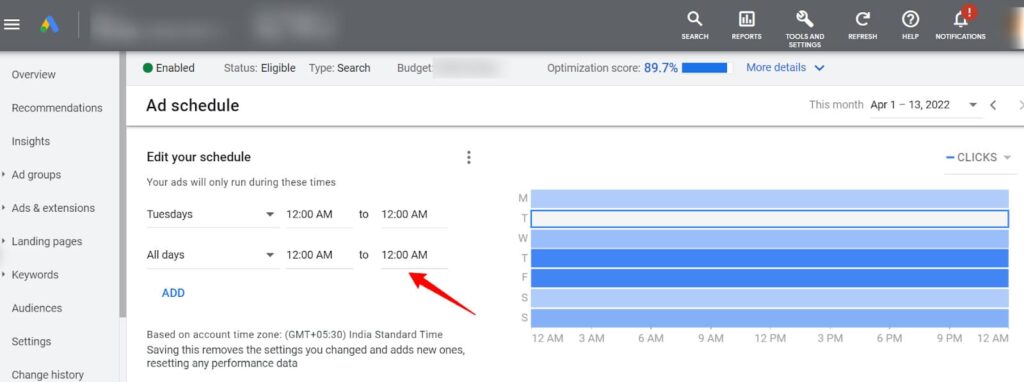
20. Embrace Automation
Automation significantly reduces manual work and enhances precision in managing ad campaigns. Therefore, brands and companies should strictly follow automation rules, implement only effective scripts, or use third-party tools to manage bids, remove underperforming keywords, or pause message delivery to clients when necessary. By leveraging Google’s intelligent bidding strategies and automation tools, businesses can effectively scale their advertising efforts.
Reduce Wasted Spend With Smart Tracking Tools
This type of advertising is a powerful driver for attracting high-quality leads, whether via phone calls or through Google Search, and significantly boosts conversions on a company’s website. For this reason, businesses must stay focused on tracking performance not only in the digital space but also in offline interactions. Special attention should be paid to PPC reports, ensuring that feedback is positive. Only smart bid strategies based on actual value can help businesses fully leverage the benefits of enhanced data and other advanced features.
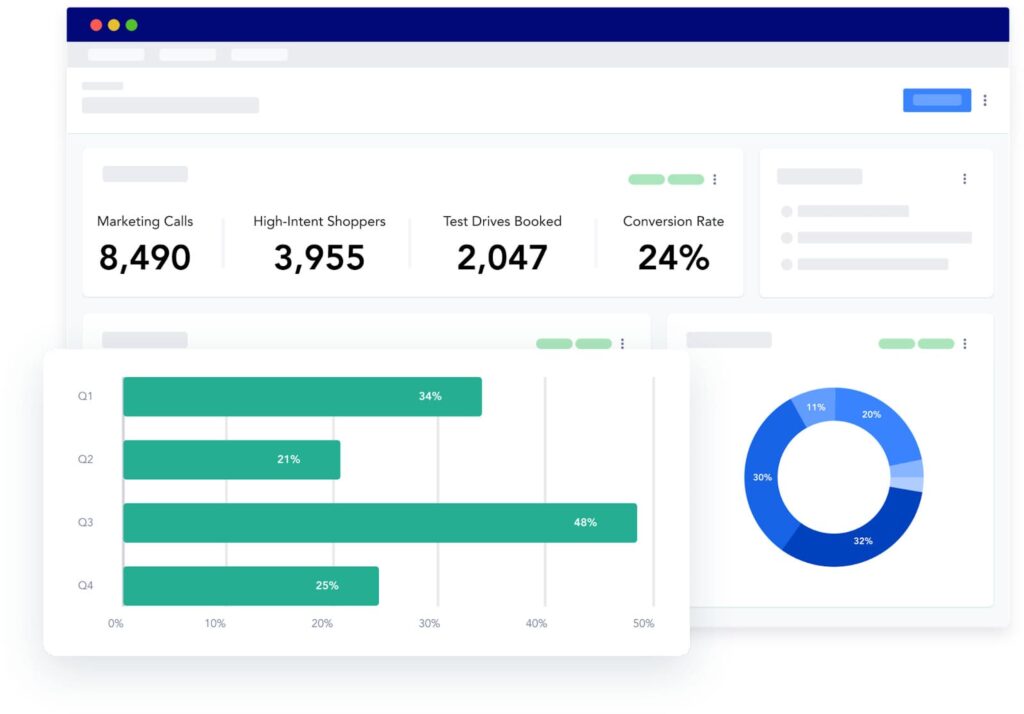
Small Tweaks, Big Wins: Final Thoughts on PPC Optimization
Focusing on optimization is essential for any business aiming to grow its presence in the digital space, attract high-intent leads, and achieve an outstanding conversion percentage on its website. By using a wide range of tools and monitoring them carefully, businesses can improve their PPC performance. When they also embrace innovations like artificial intelligence, machine learning, and automation, their chances of maximizing results increase significantly. This, in turn, helps prevent unnecessary marketing spend and ensures that every dollar works harder toward real results.
FAQ
How often should I optimize PPC campaigns?
Businesses should optimize their campaigns at least once a week. If your marketing investments are substantial or you’re operating in a highly competitive industry, it’s worth adopting a more aggressive yet smart optimization strategy. In such cases, it may be beneficial to make updates two to three times per week. Frequent adjustments and updates help reduce wasted spend and improve overall ad performance.
How do I increase my PPC sales?
Brands and companies should prioritize highly accurate targeting and compelling ad content that includes clear calls to action. That’s why optimizing your business website for strong conversion performance is crucial. It’s also important to utilize automated bidding strategies and retargeting campaigns — both of which can dramatically improve results when implemented correctly.
What is a good conversion rate for Google Ads?
A healthy benchmark for conversion rates in Google Ads is typically between 3% — 5%. However, different industries have different standards. In sectors like eCommerce or for businesses offering highly specialized services, conversion percentage can reach 10% or even higher. The key is for businesses to focus on their specific goals and past performance, refining them through consistent analysis and regular optimization efforts.


